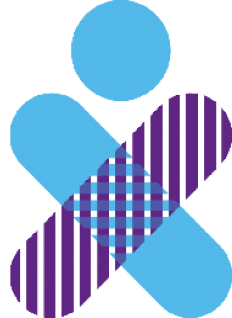Northern and Indigenous Child Health Program
Clinic
A 02. 2227
514-412-4349Emergency care
Ask for the pediatrician on call, PICU, NICU or the Emergency Department.
514-412-4400 ext. 53333Book your first appointment
Services
Our program is dedicated to Northern and Indigenous children living in Northern communities. We are available for in-person appointments in multiple indigenous communities and also via telemedicine. Children requiring tertiary and quaternary services in Montreal will be cared for by our program’s pediatricians via an enhanced liaison services and organized follow-up care in the child’s own community.
Team
Jovanka Dorsainvil
Liaison nurse pediatrics – Wiitchihiituwin Cree patient services
Elisa Spadafora
Liaison nurse pediatrics – Ullivik Inuit patient services
Camille Pare-Roy
Social Worker – Wiitchihiituwin Cree patient services


